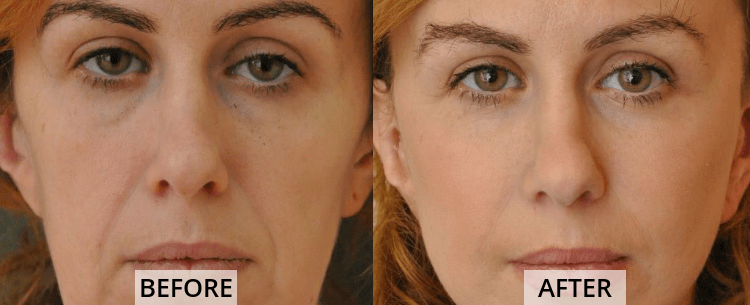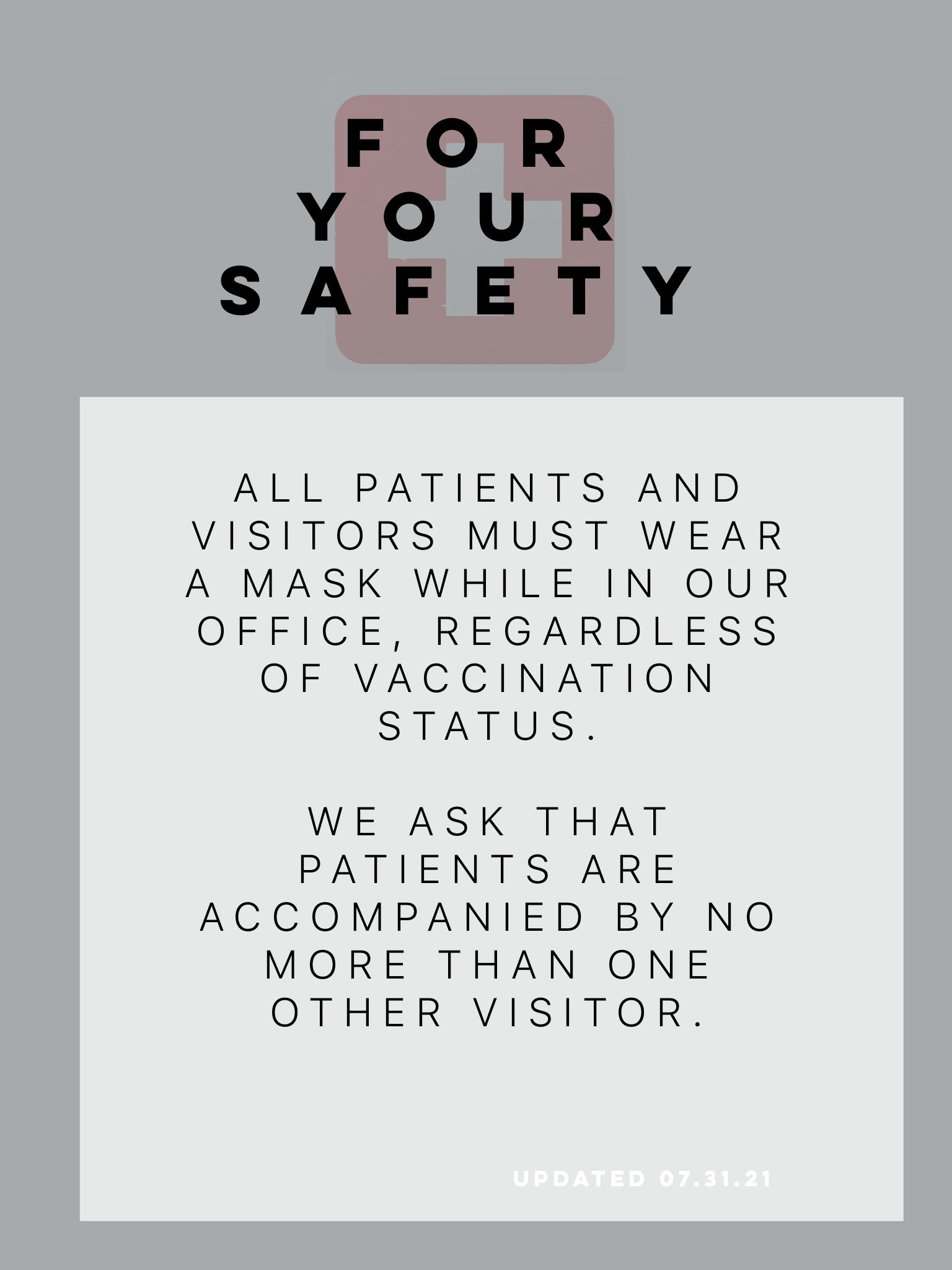Has the aging process caused you to lose volume from your facial features? Loss of collagen can cause sagging and wrinkles, while volume loss leaves areas of your face looking less full and healthy. You have several options for restoring lost volume and smoothing lines and wrinkles. These include facial fat grafting and dermal fillers. Both are very effective at giving your face a softer, more youthful fullness, but they work differently.
What are Dermal Fillers?
At Specialty Aesthetic Surgery, we offer a variety of dermal fillers to meet your needs. Dermal fillers are injectable materials that add volume to the treated areas. They come in many different formulas that work on the lips, cheeks, around the mouth, and for deep lines and wrinkles. Dermal fillers use materials recognized by the body to minimize any risk of a reaction. These include hyaluronic acid, found naturally in the skin, and calcium hydroxylapatite, typically found in bones and teeth.
What is Facial Fat Grafting?
Facial fat grafting offers another option for restoring lost facial volume. This procedure uses excess fat removed from another area, usually the stomach or thighs. The fat is injected into targeted areas of the face to enhance volume. The injected fat cells will graft, establish a new blood supply, and become permanent residents. After grafting, these cells will behave like all the other fat cells in your body, including changes in size if you gain or lose weight.
Facial Fat Grafting vs. Dermal Fillers, Which One is Right for Me?
If your facial volume loss makes you feel self-conscious, you may be considering your options for restoring youthful fullness. Facial fat grafting and dermal fillers accomplish this task, so the choice depends on you and your provider.












